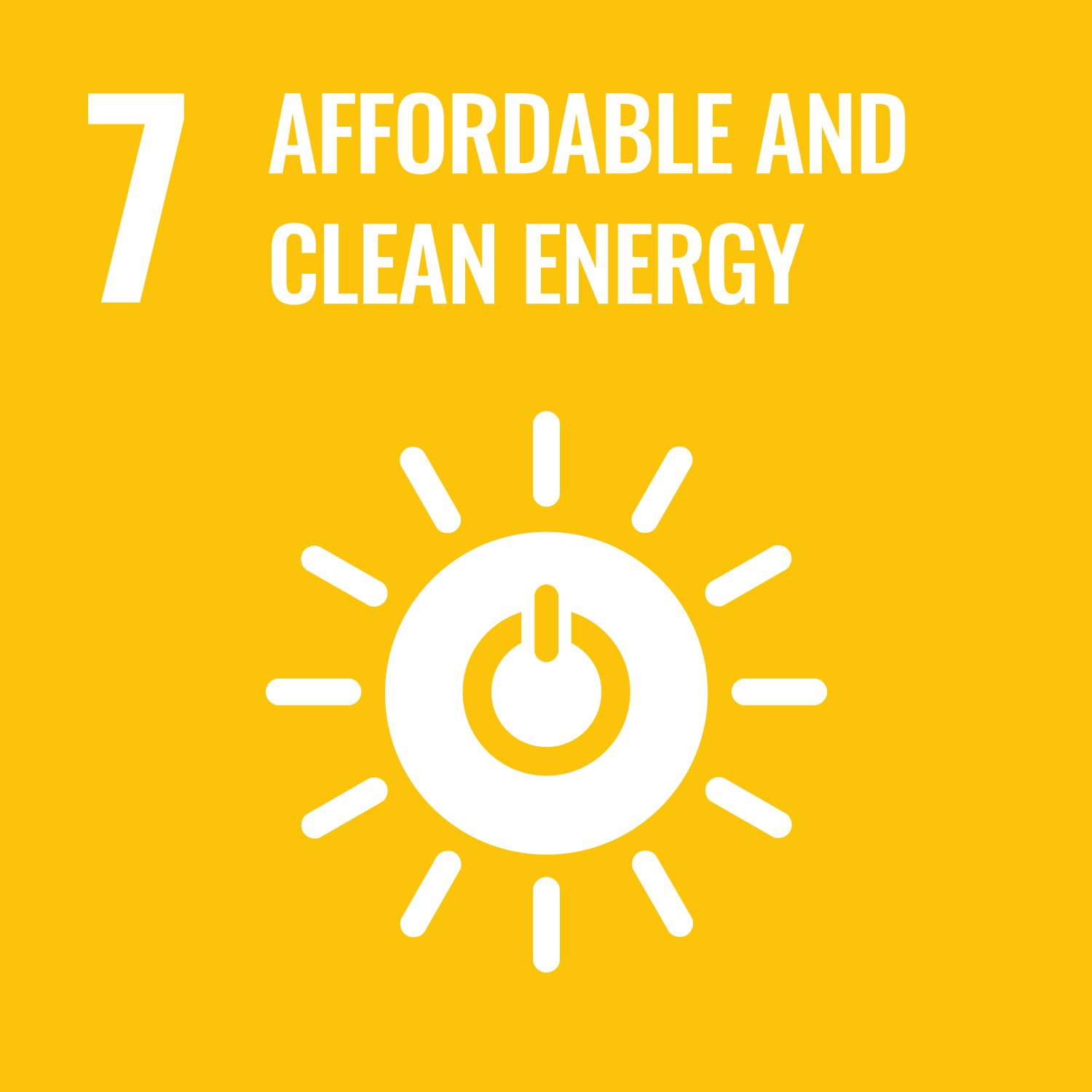This class focuses on two types of energy materials: semiconductors, which are the main sonstituents of devices such as LEDs
and transistors that are indispensable for advanced devices, and ion conductors, which plays ion transfer in batteries and
sensors. Examples of their applications will be presented and their physical/chemical fundamentals will be discussed in depth.
In addition to these energetic materials, X-ray diffraction, a powerful tool for materials characterization, will be reviewed.
In principle, the course will be conducted face-to-face; online delivery via Zoom will also be available, but the emphasis will be on Q&A in the classroom.
In principle, the course will be conducted face-to-face; online delivery via Zoom will also be available, but the emphasis will be on Q&A in the classroom.
In this class, we will review the applications of ionic conductors and semiconductors, which are advanced energy materials,
and understand the physical properties of these materials and their origins. Students will also understand the crystal structures
of these materials. In addition, the structural analysis by X-ray diffraction method will be explained.
- Students will be able to understand the structure and operating principles of all solid-state batteries and semiconductor devices, and be able to grasp their development trends.
- Students will be able to Explain the origin of physical properties of semiconductors and ionic conductors.
- Students will be able toUnderstand the evaluation methods of semiconductor properties and ionic conductivity, and explain their measurement principles.
| Presentaiton-1 | N/A | N/A | N/A | Total. | |
|---|---|---|---|---|---|
| 1. | 33% | 0% | 0% | 0% | 33% |
| 2. | 33% | 0% | 0% | 0% | 33% |
| 3. | 34% | 0% | 0% | 0% | 34% |
| 4. | 0% | 0% | 0% | 0% | 0% |
| Total. | 100% | 0% | 0% | 0% | - |
| Class schedule | HW assignments (Including preparation and review of the class.) | Amount of Time Required | |
|---|---|---|---|
| 1. | [Applications of Semiconductors] An overview of semiconductors that are active in the world around us. |
Preparation and review | 200minutes |
| 2. | [Electronic States of Solids and Semiconductors.] Understanding the band structure and density of states of solids and the unique characteristics of semiconductors. |
Preparation and review | 200minutes |
| 3. | [Semiconductors and Electric Currents] To understand the types of currents flowing inside semiconductors and the principle of current flow. |
Preparation and review | 200minutes |
| 4. | [The pn Junction] To understand pn junctions, the most fundamental structure in semiconductor applications. |
Preparation of presentation | 300minutes |
| 5. | [Current Amplification by Semiconductors] Learn the current-voltage characteristics of pn junctions and understand current image side effects. |
Preparation and review | 200minutes |
| 6. | [Applications of Ion Conductors] An overview of ionic conductors that are active in the world around us. |
Preparation and review | 200minutes |
| 7. | [Fundamentals of Ion Conduction] To understand the mechanism of ionic conduction based on molecular kinetics. Defect formation in solids will also be discussed. |
Preparation of presentation | 480minutes |
| 8. | [Ion Conductors] The history of development of ionic conductors and recent research and development trends will be introduced. Students will also understand the conduction mechanism of typical ionic conductors. |
Preparation and review | 200minutes |
| 9. | [AC Impedance Measurement, Part 1] To understand the concepts of AC and impedance. |
Preparation and review | 200minutes |
| 10. | [AC Impedance Measurements, Part 2.] Understand how to determine the conductivity of ionic conductors using the AC impedance method. |
Preparation and review | 200minutes |
| 11. | [Solid State Structures] Learn about crystal lattice. |
Preparation and review | 200minutes |
| 12. | [Fundamentals of X-ray Diffraction] Learn the principle of generation and diffraction of X-rays. |
Preparation of presentation | 600minutes |
| 13. | [Interpreting X-ray diffraction patterns] Learn the extinction law of X-rays and understand X-ray diffraction patterns. |
Preparation and review | 200minutes |
| 14. | [Final Exam] To check the level of understanding of the lectures from the first to the thirteenth session. |
Preparation and review | 200minutes |
| Total. | - | - | 3580minutes |
Decision to pass or fail the course is determined by total scores of presentations and a report. Total scores of more than
60 % is required to pass the course.
| ways of feedback | specific contents about "Other" |
|---|---|
| Feedback in the class |
- At classroom or laboratory after the class.
- Course that cultivates an ability for utilizing knowledge
- Course that cultivates a basic interpersonal skills
- Course that cultivates a basic self-management skills
- Course that cultivates a basic problem-solving skills
| Work experience | Work experience and relevance to the course content if applicable |
|---|---|
| N/A | 該当しない |


- 7.AFFORDABLE AND CLEAN ENERGY
- 9.INDUSTRY, INNOVATION AND INFRASTRUCTURE
Last modified : Tue Feb 11 04:17:26 JST 2025
